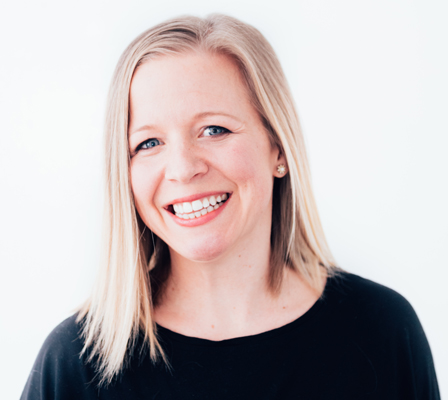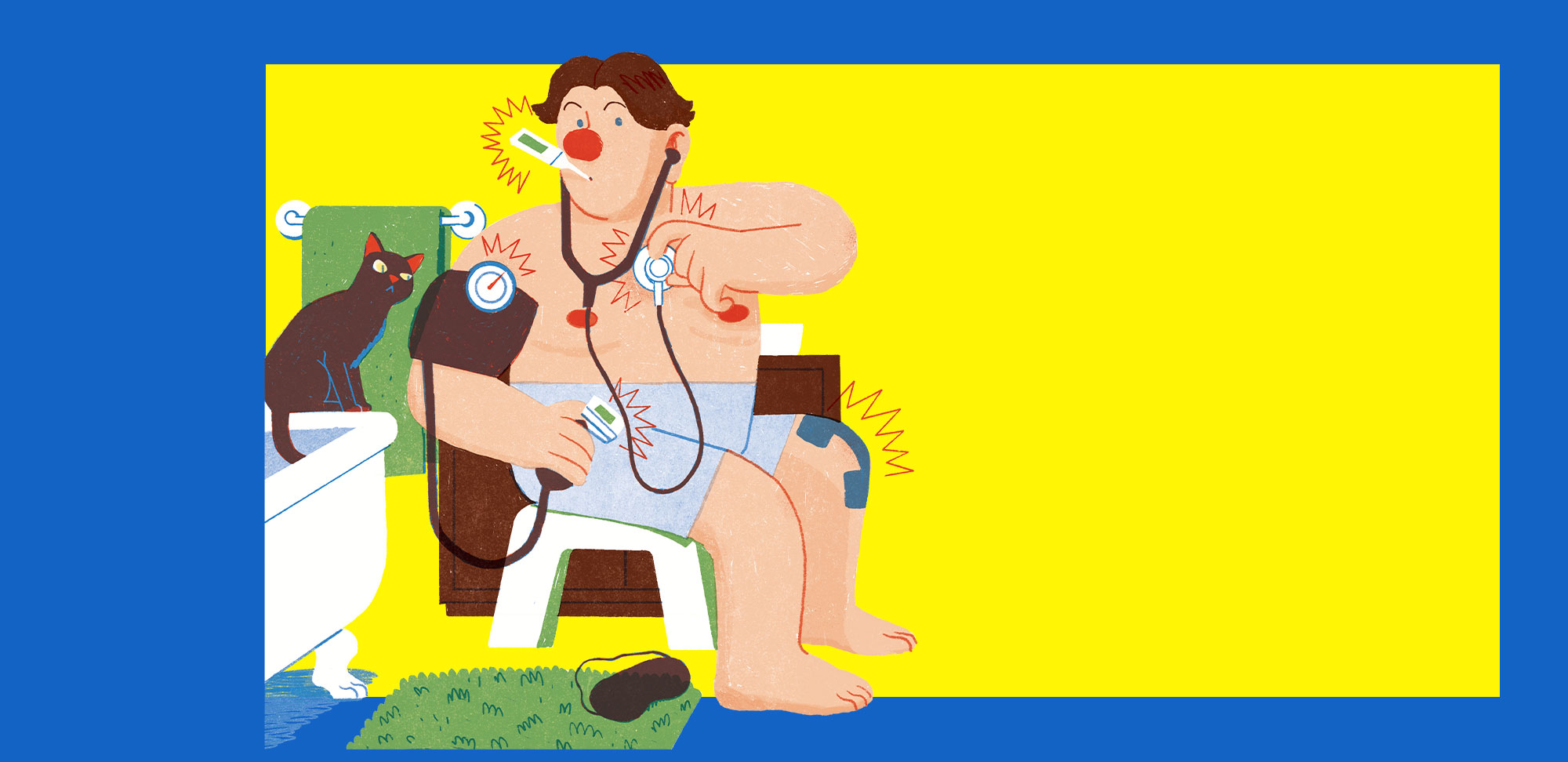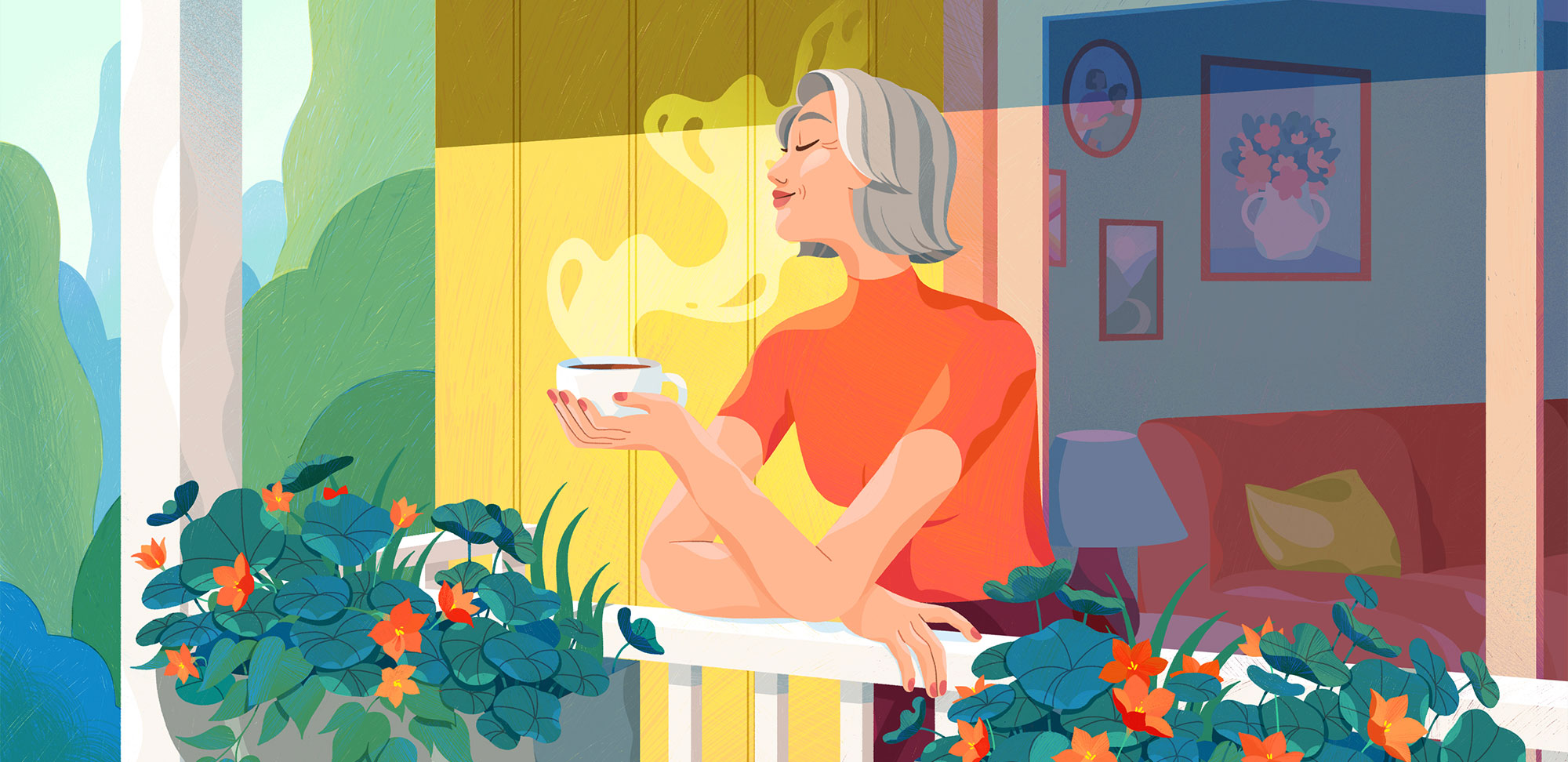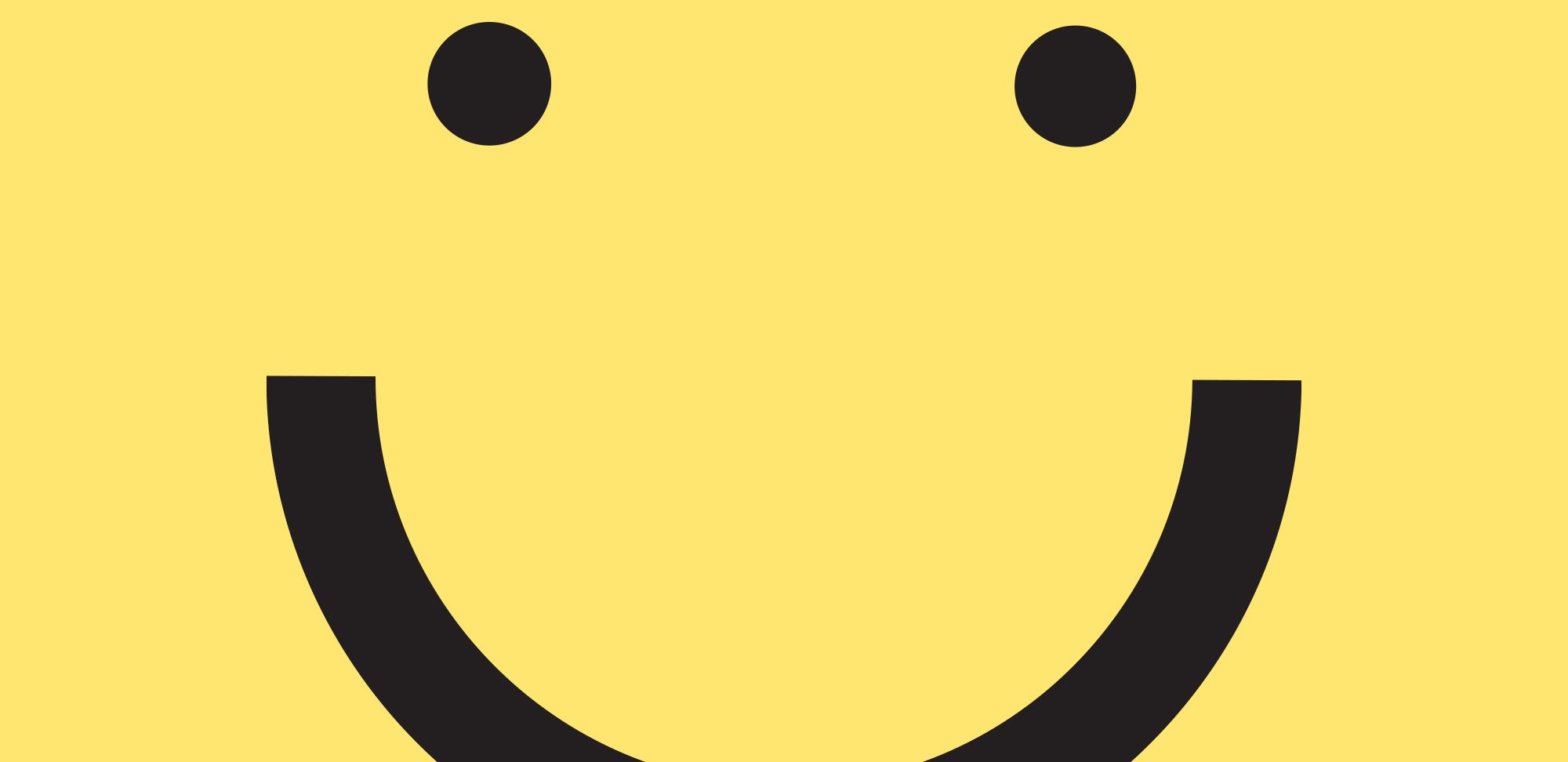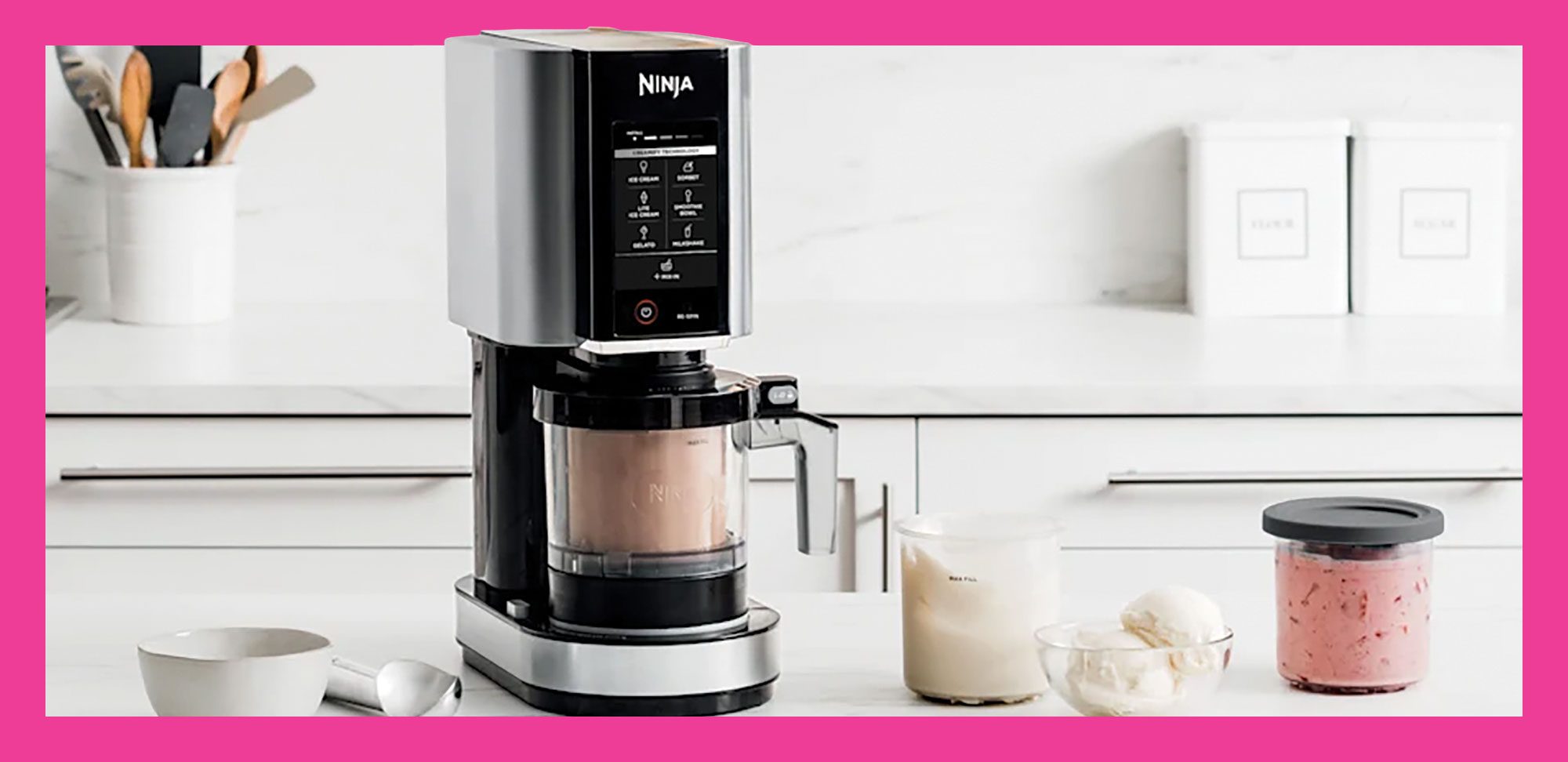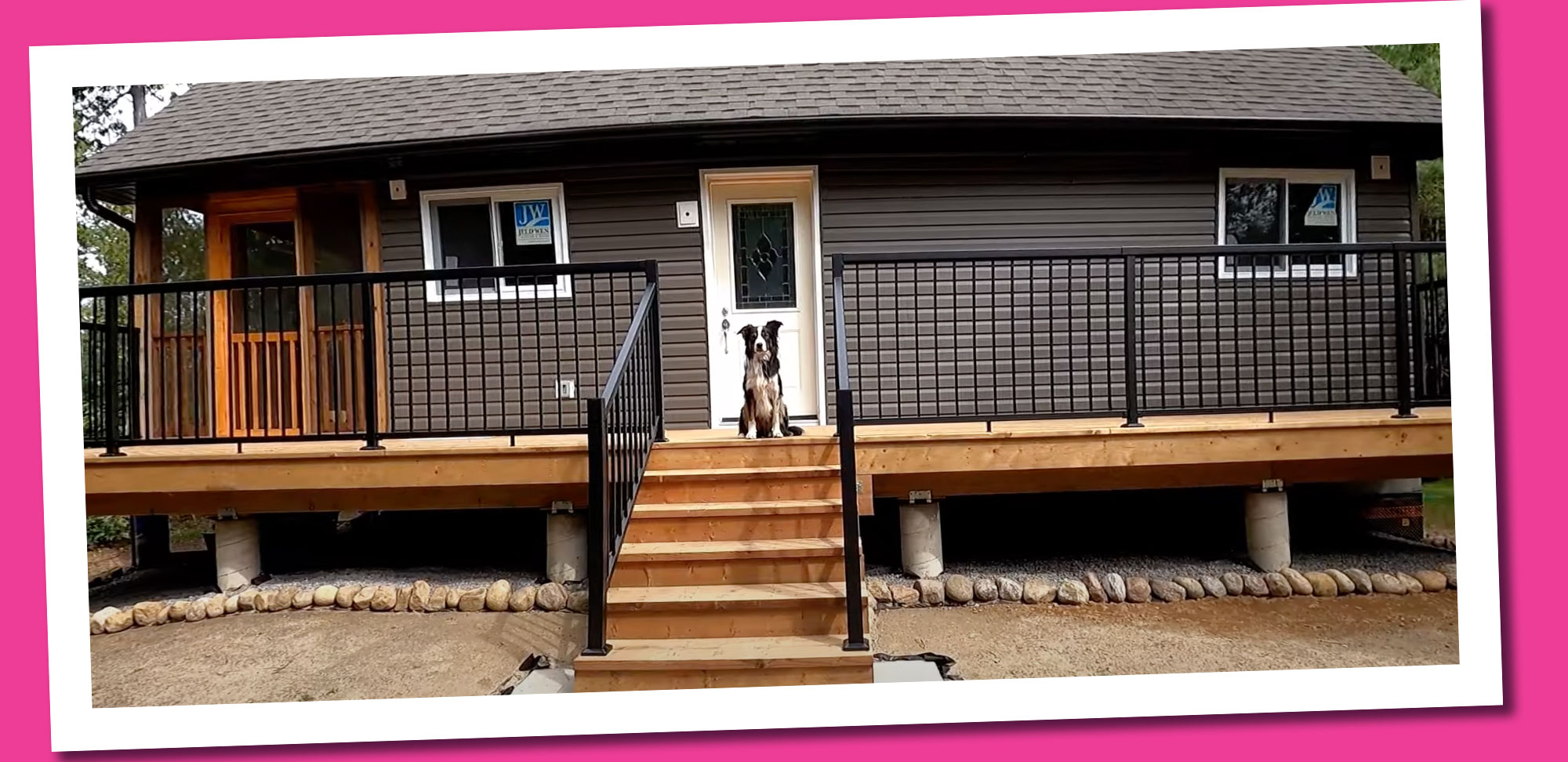Retired or not, life gets busy. Counters and drawers fill up with stuff. Days feel over-scheduled. To-do lists morph into multiple pages.
And no wonder. Life today is all about more — be more, achieve more, do more, get more.
How great would it be to press pause, slow life down and catch your breath? But when you’re pulled every which way, that’s easier said than done.
Simplifying your life is … well … pretty simple: Focus on what’s important to you and find easier ways to do the things you have to do so you can carve out guilt-free time to do the things you want to do.
And that will bring peace to your body and joy to your being.
“We’re always at the mercy of uncontrollable factors in life that might throw things into disarray. So, why not control the things we can in terms of creating a little bit more peace and space?” says Carly Fleming, registered psychotherapist and director of everwell (everwellcounselling.ca), an Ontario-based online mental-health-care service.
“The more obligations, the more tasks, the more not good enough — all the things that come with the complexity of life on overdrive create chronic stress. When we are stressed too much, we’re in a state of fight or flight, even when we don’t need to be,” explains Fleming.
Chronic stress leads to overactivation of the sympathetic nervous system, which controls different body functions like breathing, digestion and blood pressure. Great if you’re fleeing from a tiger — but harmful if you’re not.
“There are all sorts of health risks that come from constant, chronic stress,” Fleming says.
It was serious health issues that started Donna Young on her journey to simplify her life. At the time, she was a nurse in the mental health ward at a hospital.
“You give, you give, you give, and then all of a sudden you have a health challenge,” says Young. “I realized I had to slow down and smell the roses, which I always taught my mental health patients to do. But I just didn’t.”
She continued to chase opportunities at work and moved farther from her workplace into a large home. She didn’t slow down. And then another serious health challenge happened.
That’s when she committed to making changes, starting with her career. She now supports student mental health and addictions, a role she finds very fulfilling. And she began the process of downsizing her home to move to a lakeside condo. She bought the condo before construction, so it was a gradual, manageable process.
She’s found activities she enjoys, including yoga, walking and kayaking. “I’m at peace with my decisions and where I’m at in life,” says Young. “I think the greatest learning experience I’ve had is because of these health issues; it’s made me a better person.”
If the gap between where you are and where you want to be seems too big, try taking a page out of Marion Gadsby’s (District 12 Norfolk) guidebook.
For starters, don’t focus on the big picture, she advises. “If you look at things as a whole, it’s daunting. If you break it down into smaller parts, you can get through it.”
Gadsby trained as an engineer and wrote and taught math and science courses at the high school level her entire career. “For me, I see a problem — where’s the problem? What don’t I want to happen, what do I want to happen, what could I do? And I’ll try it.”
Her where’s-the-problem approach has helped her develop novel solutions to challenges around the house, including storing computer passwords on recipe cards and filing them in an obscure location. But she also takes a one-thing-at-a-time approach to emotional challenges. After her husband died suddenly a decade ago, she found that embracing the idea of doing “one thing” helped.
“You take one day at a time; you do one thing you have to do. One thing for yourself, one thing for the estate and one thing for your house. And that’s it. If you look at the big picture, you do nothing,” says Gadsby.
15 practical ways to simplify life
YOUR SCHEDULE AND ROUTINES
- Look for ways to include simple health and self-care activities in your day. Try adding activities between commitments — short walks, reflection, deep breathing for example.
- Try different activities to find what feeds your joy. Take inspiration from others but see what works for you. Make a list of the moments in a day where you feel most joyful and you’ll find clues to what you need more of.
- Ask yourself: Do I have time to do the things that bring me joy? No? Then take a hard look at your schedule and commitments, save the best, and jettison the rest.
- Create routines at the start and end of your day that include small activities for yourself, like a quiet cup of coffee in the morning or writing in your journal before bed.
- Use a planner to block out chore times in your day or week — and stick to it. You can also add workouts to your planner.
YOUR HOME
- Declutter your home. Tackle a room at a time and choose what to keep and what to give away or sell.
- Consider creating spaces in your home that support how you want to feel and activities that help you feel that way. For example, a comfortable spot for reading or a place to work on an interest like art or woodworking.
- Would downsizing to a smaller home or property help reduce demands on your time?
- Tidy as you go. Put things away as you use them, or do a quick five-minute tidy in the evening.
- Deal with digital clutter. Spend 10 minutes a day deleting and organizing files, emails and photos.
YOUR MINDSET
- Unfollow social media accounts that don’t support how you want to feel.
- Avoid the 24-hour news cycle. Consume as much news as you need to stay informed.
- Add check-ins throughout your day. Notice how you’re feeling. This is also a chance to notice whether you’re feeling at ease regularly and what you’re doing when you feel that way (see number 2).
- Look at a variety of mindfulness activities and consider what you might try. The “check-in” (see number 13) will help you get started. You could also try journaling as part of your evening routine, adopting a regular deep-breathing practice, or being intentional on a walk, appreciating your surroundings along the way.
YOUR APPROACH
- Take a problem-solving approach to challenges and break them into smaller tasks. Then, focus on the next thing you need to do, not the full list of tasks ahead.

